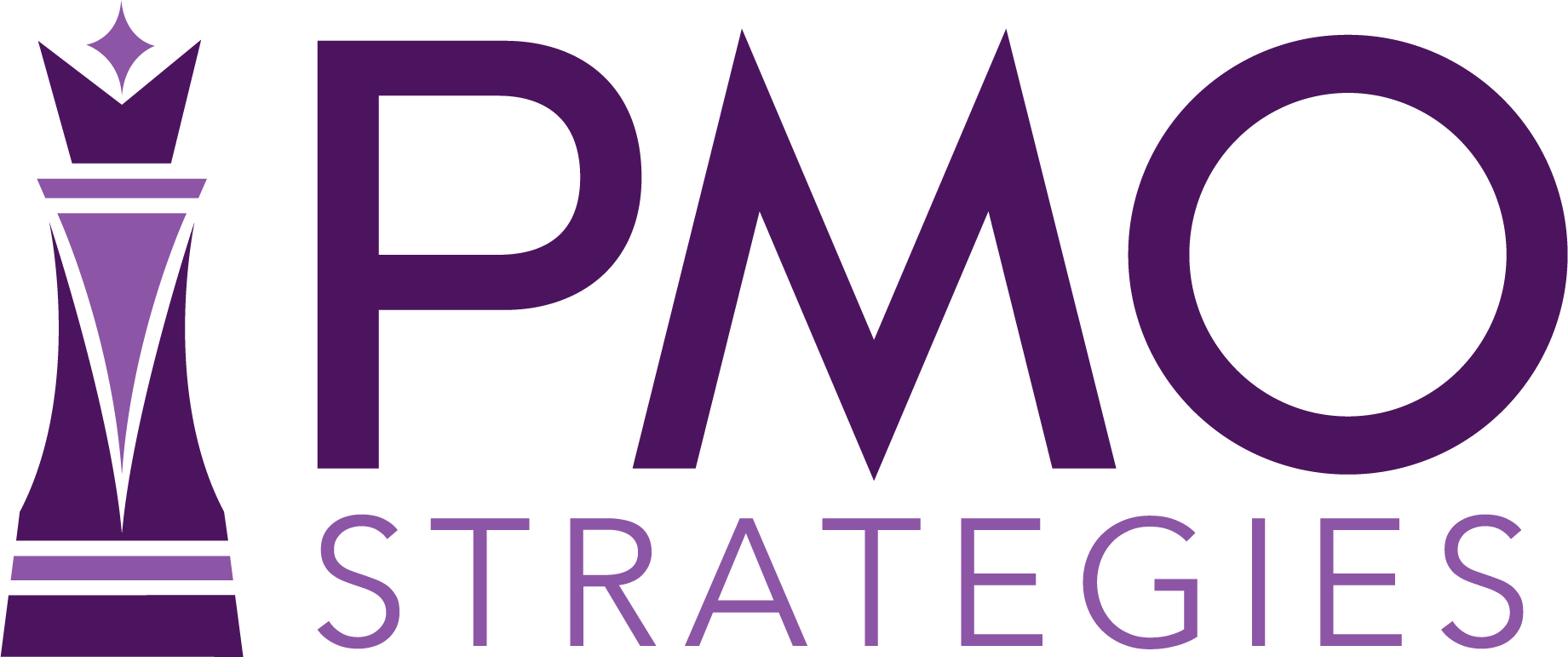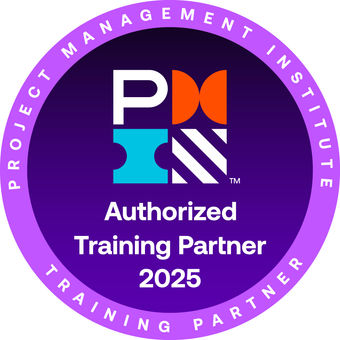-
 While it may be the polite thing to do, apologizing—especially over-apologizing—can diminish our credibility. This conversation with Laura gets at the core of being overly apologetic and provides tips to avoid weakening your messaging and your professional reputation. During the session, participants will: 1. Review trends on why women apologize more than men
While it may be the polite thing to do, apologizing—especially over-apologizing—can diminish our credibility. This conversation with Laura gets at the core of being overly apologetic and provides tips to avoid weakening your messaging and your professional reputation. During the session, participants will: 1. Review trends on why women apologize more than men
2. Discuss when an apology is appropriate
3. Consider the five ways to break the “sorry syndrome” -
 Generally speaking, there are two domains of organizational change and business agility projects; formal and informal. The formal domain of these projects consists of the projects that are undertaken by as a result of strategic planning. The informal domain of these projects consists of spontaneous supporting projects that are undertaken throughout the organization in response to the change. Naturally, PMOs must first address the formal domain of organizational change and business agility projects with careful adoption of industry standards, principles, and practices. But that’s not all they can do; they can next consider how best to address the informal domain of projects. Toward that aim, the PMO does not seek to own these informal projects or compel how they are to be managed. Rather, the PMO nudges. This presentation introduces Behavior Economics Nudge Theory and the emerging role and new opportunity Business Driven PMOs face.
Generally speaking, there are two domains of organizational change and business agility projects; formal and informal. The formal domain of these projects consists of the projects that are undertaken by as a result of strategic planning. The informal domain of these projects consists of spontaneous supporting projects that are undertaken throughout the organization in response to the change. Naturally, PMOs must first address the formal domain of organizational change and business agility projects with careful adoption of industry standards, principles, and practices. But that’s not all they can do; they can next consider how best to address the informal domain of projects. Toward that aim, the PMO does not seek to own these informal projects or compel how they are to be managed. Rather, the PMO nudges. This presentation introduces Behavior Economics Nudge Theory and the emerging role and new opportunity Business Driven PMOs face. -
 John will share with us the key characteristics of Project Management 2.0 and explain why PM 2.0 has emerged in response to the deficiencies of traditional project management. The presentation will emphasize the project manager’s emerging role in strategic planning and project leadership and discuss how to achieve more meaningful information with KPIs, metrics, and dashboards. John will also share with us the current state of PM 2.0 adoption, provide recommendations on how to get started and explain how PM 2.0 can reduce project costs and ensure delivered business value.
John will share with us the key characteristics of Project Management 2.0 and explain why PM 2.0 has emerged in response to the deficiencies of traditional project management. The presentation will emphasize the project manager’s emerging role in strategic planning and project leadership and discuss how to achieve more meaningful information with KPIs, metrics, and dashboards. John will also share with us the current state of PM 2.0 adoption, provide recommendations on how to get started and explain how PM 2.0 can reduce project costs and ensure delivered business value. -
 Been there, done that! Lee has more than 50 years in project management, teaching more than 50,000 students in 23 countries. Recognized as one of the pioneers in the creation and implementation of a PMO, Lee is going to share his insights with us on what it takes to build and run a PMO that will get it done for the business, or has Lee likes to say, “Get er done!”
Been there, done that! Lee has more than 50 years in project management, teaching more than 50,000 students in 23 countries. Recognized as one of the pioneers in the creation and implementation of a PMO, Lee is going to share his insights with us on what it takes to build and run a PMO that will get it done for the business, or has Lee likes to say, “Get er done!” -
 Change IMPACTS everywhere. Simon’s presentation contextualizes then explains a technique for making vision deliverable. An organization is a collection of forms of capital (People and their culture, Their skills and relationships, also processes, plant & equipment etc). Capital would persist in the optimum state for short-term benefits delivery if there was no change. Change drives re-allocation of resources. This is the territory of the organization’s leadership. PMOs at the portfolio and enterprise-level either support or trespass on the chair and CEO’s duties to protect capital and respond to adaptive opportunity and threat. Change is the affect of {market-place + mission + values}. Change causes leaders at all levels of the organization to forge and cascade vision. With the techniques shared in my PMO IMPACT Summit presentation, leaders can express vision in visceral descriptions with concrete links to Income and Expenditure (profit and loss) that inspire, empower and build the Balance Sheet. Once you’ve seen it you’ll recognize ‘it really is just (un-)common sense’ For more common-sense that isn’t easy to invent but is easy to recognize and is readily deployable with some guidance visit LML’s Competency Framework and Transformational Leadership Program
Change IMPACTS everywhere. Simon’s presentation contextualizes then explains a technique for making vision deliverable. An organization is a collection of forms of capital (People and their culture, Their skills and relationships, also processes, plant & equipment etc). Capital would persist in the optimum state for short-term benefits delivery if there was no change. Change drives re-allocation of resources. This is the territory of the organization’s leadership. PMOs at the portfolio and enterprise-level either support or trespass on the chair and CEO’s duties to protect capital and respond to adaptive opportunity and threat. Change is the affect of {market-place + mission + values}. Change causes leaders at all levels of the organization to forge and cascade vision. With the techniques shared in my PMO IMPACT Summit presentation, leaders can express vision in visceral descriptions with concrete links to Income and Expenditure (profit and loss) that inspire, empower and build the Balance Sheet. Once you’ve seen it you’ll recognize ‘it really is just (un-)common sense’ For more common-sense that isn’t easy to invent but is easy to recognize and is readily deployable with some guidance visit LML’s Competency Framework and Transformational Leadership Program


